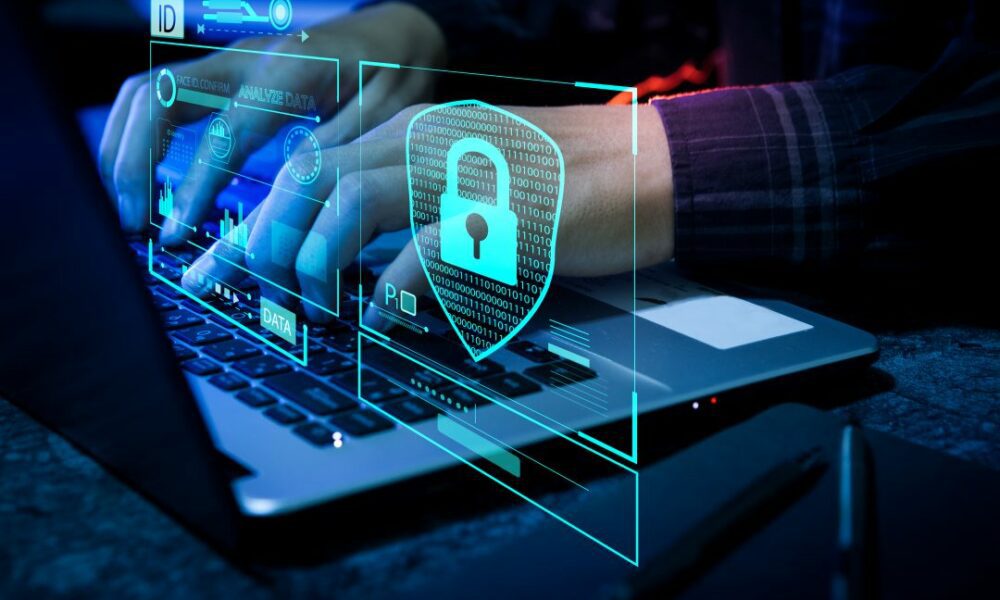Information Security: A Complete Guide

Often shortened as InfoSec, information security is the discipline of data protection against illegal access, use, disclosure, disruption, alteration, or destruction. This discipline covers a broad spectrum of techniques and approaches to protect private data from many sources.
It is impossible to overestimate the relevance of information security in today’s digital world. Securing this data guarantees that it stays private, accurate, and available only to those with the necessary rights, from personal data to vital corporate information.
Information security is important beyond safeguarding personal information. For companies, it means preventing financial loss, maintaining consumer confidence, and avoiding harm to reputation. Strong security measures depend on safeguarding against data breaches and cyber-attacks with significant financial and operational effects.
This tutorial will cover methods for implementing strong information security, clarify typical risks, and recommend practices for preserving security. We will address important ideas, security technologies, compliance rules, and more to provide a complete picture of protecting your data.
Comprehending Information Security Risks
Attacks in Cyberspace
Cyberattacks are many and include:
- Malware: It is harmful software meant to compromise or mess with computers. Examples include trojans and viruses.
- Phishing: It is the method by which attackers fool people into revealing private data via bogus emails or websites.
- Ransomware: It is a subset of malware that encrypts data and requires a payback for release.
Internal Safety Concerns
Not every danger comes from outside. Just as harmful are internal threats:
- Insider Threats: Insider threats are those of employees or contractors who utilise their system or data access for malevolent intent.
- Negligence: Unintentional mistakes or ignorance about compromising security.
Physical Dangers
Crucially important in information security is also physical security:
- Hardware Theft: Data breaches may result from physical computer or storage device theft.
- Physical Damage: Hardware may be intentionally or accidentally damaged, affecting data access.
Typical Cases
Typical security breaches include data leaks exposing private information and denial-of-service assaults upsetting service availability. Knowing these cases allows one to appreciate the possible influence and create strong defences.
Fundamental Ideas in Information Security
Confidentiality
Confidentiality guarantees that data is available only to authorised users. This is fundamental in safeguarding company and personal data from illegal publication.
Integrity
Integrity is essential for maintaining data correctness and completeness. Reliable operations and decision-making depend on data kept free from corruption and error.
Accessibility
Availability in the context of knowledge and resources refers to their accessibility as demanded. Uptime and interruption avoidance are crucial for maintaining company operations and service delivery.
Adopting Information Security Policies
Creating a Safety Policy
A strong security policy defines the goals and methods of information protection. It should specify roles and duties, provide security protocols, and offer direction for managing security events.
Worker Awareness and Training
Maintaining staff knowledge of security best practices depends on regular training. This covers spotting phishing attempts, knowing social engineering strategies, and using safe procedures in regular business.
Plan of Incident Reaction
An efficient incident response strategy shows the actions to be followed following a security breach. It covers responsibilities in incident management, recovery protocols, and communication techniques. A carefully established strategy guarantees a quick and orderly reaction to reduce harm.
Standard Practices in Information Security
Excellent Password Handling
One of the simplest security practices is using strong, unique passwords for many accounts. By demanding more verification techniques, multi-factor authentication (MFA) offers even more security.
Frequent Program Releases
Patching flaws in software depend on whether it is current. Whether automatic or human, regular updates support system integrity maintenance and assist in guarding against known security risks.
Encrypting Data
Encrypting data both in transit—that is, data being sent—and at rest—that is, stored data—guarantees its security against illegal access. Effective encryption may be accomplished using several technologies and approaches, including AES encryption.
Tools and Technologies for Security
Firewalks
Firewalls are critical for monitoring and managing network traffic. They prohibit illegal access and guarantee safe communications, separating your internal network from outside dangers.
Antivirus and anti-malware programs
These tools are needed to find and eliminate dangerous software. Viruses, worms, and spyware are among the dangers they guard against.
Systems for Intrusion Detection (IDS)
IDS tools monitor network traffic, looking for possible hazards and suspicious activities. They support the identification and handling of security events and provide real-time alarms.
VPN and Smart DNS
Apart from conventional security precautions, using a VPN for Chrome will improve your security by encrypting your web traffic and masking your IP address. Smart DNS is another helpful tool as it allows you to avoid geo-restrictions and thereby enhances privacy by stopping tracking based on your location.
Tracking and Evaluating Information Security
Frequent Security Evaluations
Regular security audits help evaluate the effectiveness of your security policies. They point out weaknesses, check policy compliance, and provide suggestions for developers.
Constant Observance
Constant monitoring includes using instruments that provide a real-time view of network activities. Examining logs and alarms enables one to identify and address anomalous activity quickly.
Policies and Compliance
Knowledge of Appropriate Rules
Maintaining compliance requires knowledge of data protection rules such as GDPR (General Data Protection Regulation), HIPAA (Health Insurance Portability and Accountability Act), and CCPA (California Consumer Privacy Act).
Staying Compliant
Regular security practice evaluations and upgrades guarantee regulatory compliance. Maintaining compliance improves general security posture and helps prevent legal problems.
Summing up
Data protection from different sources depends on a multi-layered strategy for information security. Key elements of a solid security plan include implementing strong regulations, using suitable technologies, and keeping frequent training under progress.
Maintaining good information security measures depends on regular upgrades, continuous staff training, and careful monitoring. To improve your security, educate yourself on technologies like smart DNS and include sophisticated tools like VPN for Chrome.





